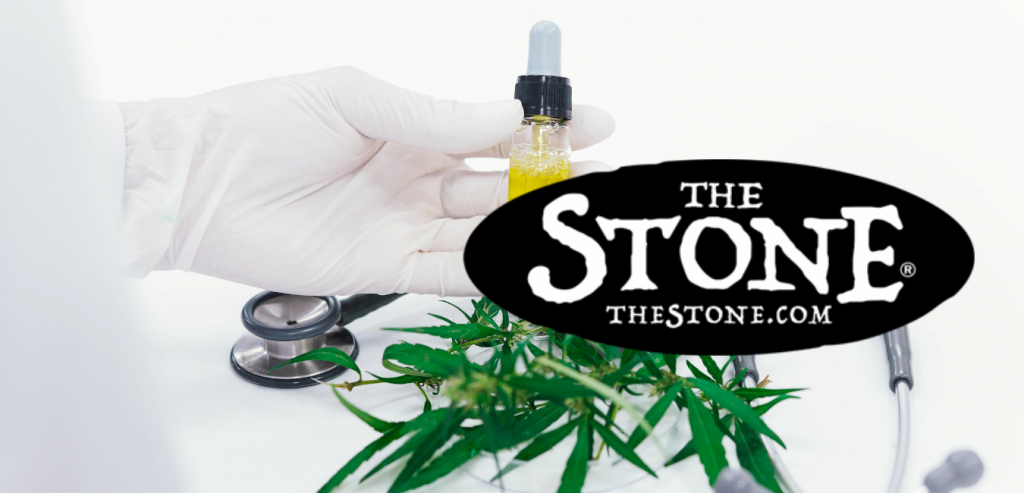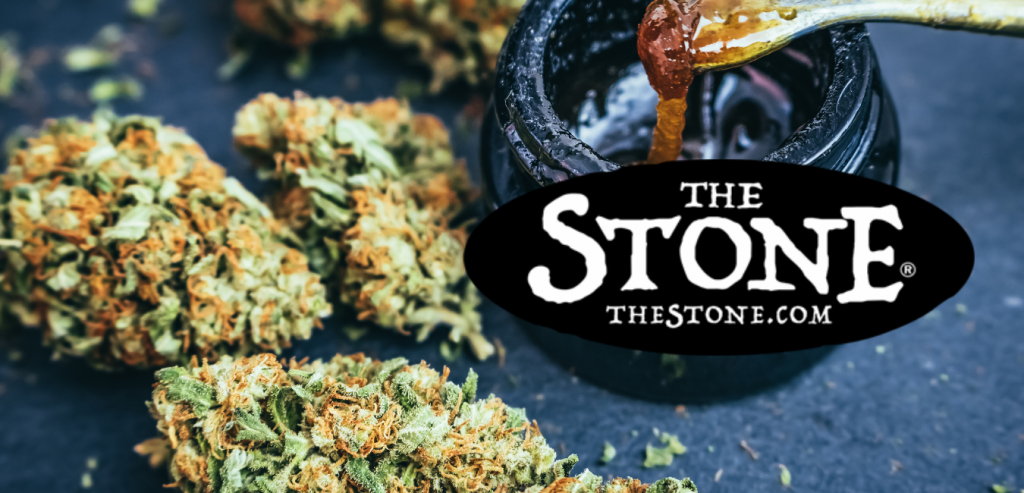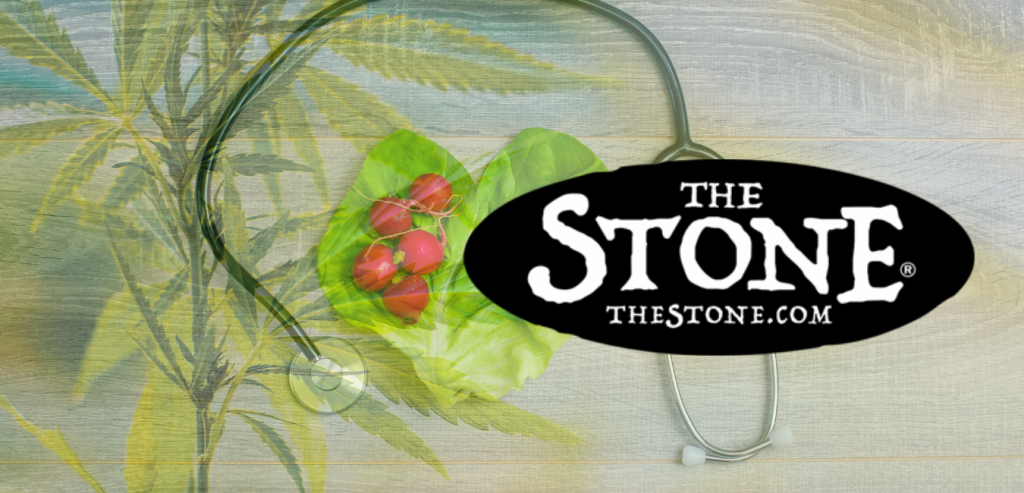
This website is for users aged 21 and over. Please confirm your age.
The entourage effect explains why cannabis seems to work better therapeutically in combination with other cannabinoids, terpenes, and sometimes even flavonoids.

When scientists try to isolate specific compounds of whole-plant marijuana, they find that these compounds tend not to have the same effect when administered alone, in the ways they do when taken together.
Scientists are starting to believe that this is because whole-plant cannabis contains multiple compounds working synergistically to create an enhanced therapeutic outcome.
It’s probably because each compound works on different receptors within the body, which are all connected.
It allows patients to receive a therapeutic benefit with lower doses than if they were getting that same compound through an isolate.
The entourage effect encourages us not to look at individual phytocannabinoids, terpenes, or flavonoids when attempting to understand how marijuana works or its products.
The entourage effect is becoming apparent in the medical community as more people recognize that there are cannabinoids other than THC and CBD within cannabis, each of which has different therapeutic possibilities. Some doctors are even using it to help treat their patients by understanding this effect.

When taken together, all these compounds work together to give the patient a therapeutic outcome that they are likely not able to receive by only taking one combination.
The Entourage Effect is the synergistic benefit of many compounds that are found in marijuana. Below are some examples of cannabinoids, terpenes, and flavonoids that work together to create an enhanced therapeutic outcome:
A terpene found in basil, sage, and wormwood, works with THC to reduce the psychoactive effects of THC while increasing its analgesic effects on the body.
A terpene found in hops and sage has been shown to slow the growth of cancer cells while increasing apoptosis [programmed cell death]
In cannabis, Pinene [a terpene with anti-inflammatory properties] is believed to be a bronchodilator
Beta-Caryophyllene, a terpene found in black pepper and cloves, has been shown to have anti-inflammatory properties. It also reduces the required dosage of pharmaceutical drugs when combined.
In marijuana, Limonene has been used as a mood enhancer and may affect serotonin receptors [an important neurotransmitter]. In one study, it was shown that Limonene could increase the maximum saturation level of the serotonin transporter. It is also an anti-fungal and anti-bacterial
Camphene, a terpene with antioxidant properties, may have anti-cancer properties.
Caryophyllene oxide, also found in cloves, has analgesic and anti-inflammatory effects. It can also suppress tumors.
Eucalyptol is a terpene with decongestant qualities that may help with bronchitis symptoms. It is known to have antiseptic qualities.

Phytol is a terpene with antioxidant properties. One study showed that it inhibited lipid oxidation and reduced oxidative stress on bone marrow stem cells.
Humulene is one of the most common terpenes found in cannabis. It has anti-inflammatory properties, which effectively treat gastrointestinal problems like irritable bowel syndrome.
Terpineol is a naturally occurring component in many essential oils. It has been used as a sleep aid for people who have insomnia.
Vanillin is the primary component of vanilla, which is why it smells just like vanilla. Vanillin can help with blood pressure and reduce anxiety.
Beta Myrcene, a terpene found in hops, mangoes, and bay leaves, has anti-inflammatory and pain-reducing properties. It is also effective in treating insomnia by producing a calming effect that will help people fall asleep.
For example, in New Mexico, epileptic children were given CBD oil. But when they were given whole-plant medical marijuana, the children experienced a much more significant reduction in seizures.
In another example, Mieko Hester-Perez used CBD oil to treat her two daughters, who both have Dravet syndrome – very severe epilepsy that does not respond well to pharmaceutical treatments – but when she started using whole-plant medical marijuana, their seizures dropped dramatically.

The entourage effect may be one of the most important recent discoveries in the world of medicinal marijuana. It encourages us to look at each cannabinoid and terpenoid when trying to understand how they work in isolation and their combined effect.
Whole-plant cannabis therapy, where the patient uses a combination of cannabinoids and terpenes to get their desired therapeutic effect, is becoming more and more popular. The entourage effect encourages us not to isolate single compounds when trying to understand how they work and what products they might have on the body. Only when we look at these compounds in combination can we achieve an enhanced therapeutic result.
As the marijuana industry is growing exponentially, it’s becoming more apparent that the ancient herb with an abundance of healing compounds has something to offer.
By understanding the entourage effect and the different cannabinoids, terpenes, and flavonoids in cannabis, we’re starting to see how true that is.
The Dictionary definition of paranoia is the unwarranted or delusional belief that one is being persecuted, harassed, or betrayed by others, occurring as part of a mental condition. There is also the perception of being attacked by someone or something.
Generally, a marijuana episode of paranoia lasts for a short time. Or is based on the amount of THC used. To understand how and why these episodes of paranoia occur, you have to understand the chemistry of the Cannabis plant and its compounds.
Cannabis, also known as marijuana, is among other names. It is a psychoactive drug from the Cannabis plant. Native to Central Asia and the Indian subcontinent, the cannabis plant has been used as a drug for both recreational and entheogenic purposes and in various traditional medicines for centuries.
Because it is a psychoactive drug, it contains THC, which is the compound that causes paranoia or the high that some people experience. The cannabis plant also contains CBD, which does not cause psychoactive or paranoid episodes.
These paranoia episodes can be frustrating, to say the least, as many users of marijuana; do not experience them. The scientific experts theorize; for someone to have an episode of paranoia, they may have anxiety about some issue triggered by the excess cannabinoids in the brain by additional THC. Because the brain contains endocannabinoids, with the added cannabinoids when using Cannabis, the THC breaks through the natural brain barrier and clones the brains’ response many times over. The results; are paranoia, euphoria, and relaxation, depending on the body’s reaction to the effects of the weed.
Because Cannabis THC compounds contain cannabinoids and terpenes, the effects after using can and do cause some reactions. Should your reaction be paranoia, there are some things you can do to counter these reactions.
Firstly, try to relax. Many people panic when the paranoia starts. And they don’t understand why this is happening to them. This happens if you are using it for the first time. Some deep breathing is good for helping you to relax. Just inhale deeply and exhale through your mouth. If you can go for a walk in your garden or backyard while doing these breathing exercises, this will certainly relax you.
Another way to counter the effects of paranoia is to drink a glass of peppered lemonade. Yes, this is true. Because pepper and lemon contain terpenes similar to Cannabis THC terpenes and, to make this peppered lemonade, use a good size glass, squeeze a lemon in, then add a pinch of ground pepper with some lemon zest to the mix. Add some ice cubes and club soda and mix the contents well. Drink the mixture slowly while relaxing. The drink will diminish the effects of the THC you consume.
A hot or cold shower works as well. You may not feel up to even think of taking a shower, but force yourself. This is a way to get rid of the effects.
Experiencing paranoia after using Cannabis may be frustrating or frightening. Many users of the product do experience some level of paranoia. But because they know the effects are short-lived, they don’t panic. If you have to use marijuana for medical reasons, it is good to talk with your doctor or the Cannabis Dispenser and get advice on how many grams of THC you should consume. If using the product is purely for recreational reasons, you may consider not using it.
Source:
We warmly welcome you to explore our highly acclaimed strains, concentrates, and edibles. Serving recreational clients with pride is our passion.
At our dispensary, you'll find a professional yet inviting atmosphere that prioritizes your comfort and privacy. Feel free to stop by at your earliest convenience to experience it for yourself. We can't wait to serve you!


